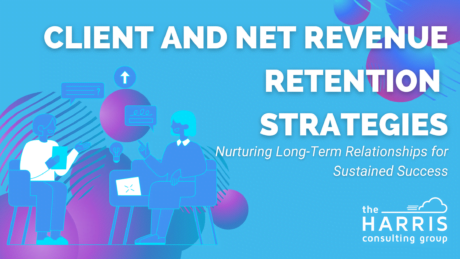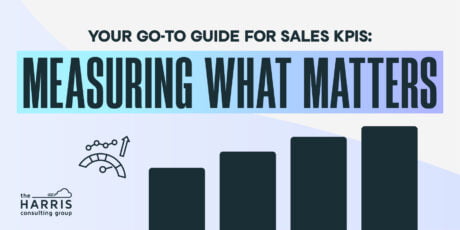Whether you are an early-stage start-up or a Fortune 500 company understanding and auditing your sales process and sales cycles is critical. In this post we will explore how to create, manage, and audit your sales process and sales cycles whether you are doing founder-led sales or you’re company is 100 years old.
Sales Cycles and Processes: Go-to-market strategy
Often, when plotting a go-to-market strategy, founders are eager to jump straight into crafting their sales process and deciphering their sales cycle. However, for nascent entrepreneurs these components may not hold immediate relevance.
At the early stages of a go-to-market strategy, the primary focus lies in accumulating enough data to substantiate the founder’s hypothesis based on the market’s perception of your product or service’s value. Essentially, data acts as the compass, guiding the organization towards the right elements into the sales process, and determining an optimal sales cycle.
Moreover, it’s crucial to bear in mind that the experiences of the first ten clients are essentially groundwork for documentation. As you increase client numbers in the twenties, fifties, and hundreds, both the sales cycle and process should undergo an audit and adaptation based on additional data.
Thus, scrutinizing your sales process and cycle periodically is vital. These tasks help you pinpoint areas for enhancement. It’s not just an audit of the sales process and cycle; it’s an audit of your entire go-to-market strategy.
What are Sales Cycles?
First of all, you need to understand what a sales cycle is and most importantly what it is not.
A sales cycle is…
A sales cycle is the number of days it takes for someone to become a customer. It can be determined from various starting points. I strongly encourage people to think about this from both an inbound and outbound perspective.
Additionally a sales cycle has to have a specific starting point. This is where there is often some confusion. The key is to define your starting point and stick with until you have enough data to audit and make adjustments. Some people start when:
- the lead is imported,
- they contact the lead for the first time,
- the lead first responds and sets a meeting,
- they scheduled first meeting.
On the other hand, names and stages ARE NOT part of the sales cycle. They are the actual sales processes for which you use to measure the sales cycle.
- Pro Tip: Look for the mini-sales cycles. This will help you figure out how long each opportunity sits in each stage. Then, that can be optimized after you have enough data to reduce the sales cycle
A Sales Cycle is NOT…
A sales cycle is not a sales process. A sales cycle is not about stage naming. It is about stage agining though. It is about knowing how long it takes a deal or opportunity to be to go from suspect to closed.
What is a Sales Process?
One can think of the sales process as the “life cycle”of a deal. It coexists with the sales cycle to provide the specific milestones all deals must go through from beginning to end. These steps enhance the buyer’s experience towards purchasing your products or services.
Meticulously designed sales process and a dynamic sales cycle forms the cornerstone of a resilient go-to-market strategy. You will be able to explerience it regardless of your enterprise’s size or tenure.
Regular evaluations and adjustments serve as the crucial elements for achieving sustained prosperity. If you need extra help for your sales cycles and processes, contact me. I am always open to a free “pick your brain” conversation.
I won’t charge you to chat for a few minutes to bounce ideas. Here’s my legit cell phone, 415.596.9149, text me quickly first so I know it’s not a spam call. For additional insights and expert guidance on SKO planning, consider visiting The Harris Consulting Group.






